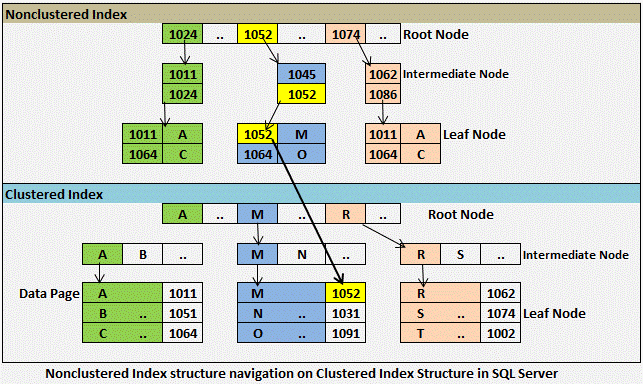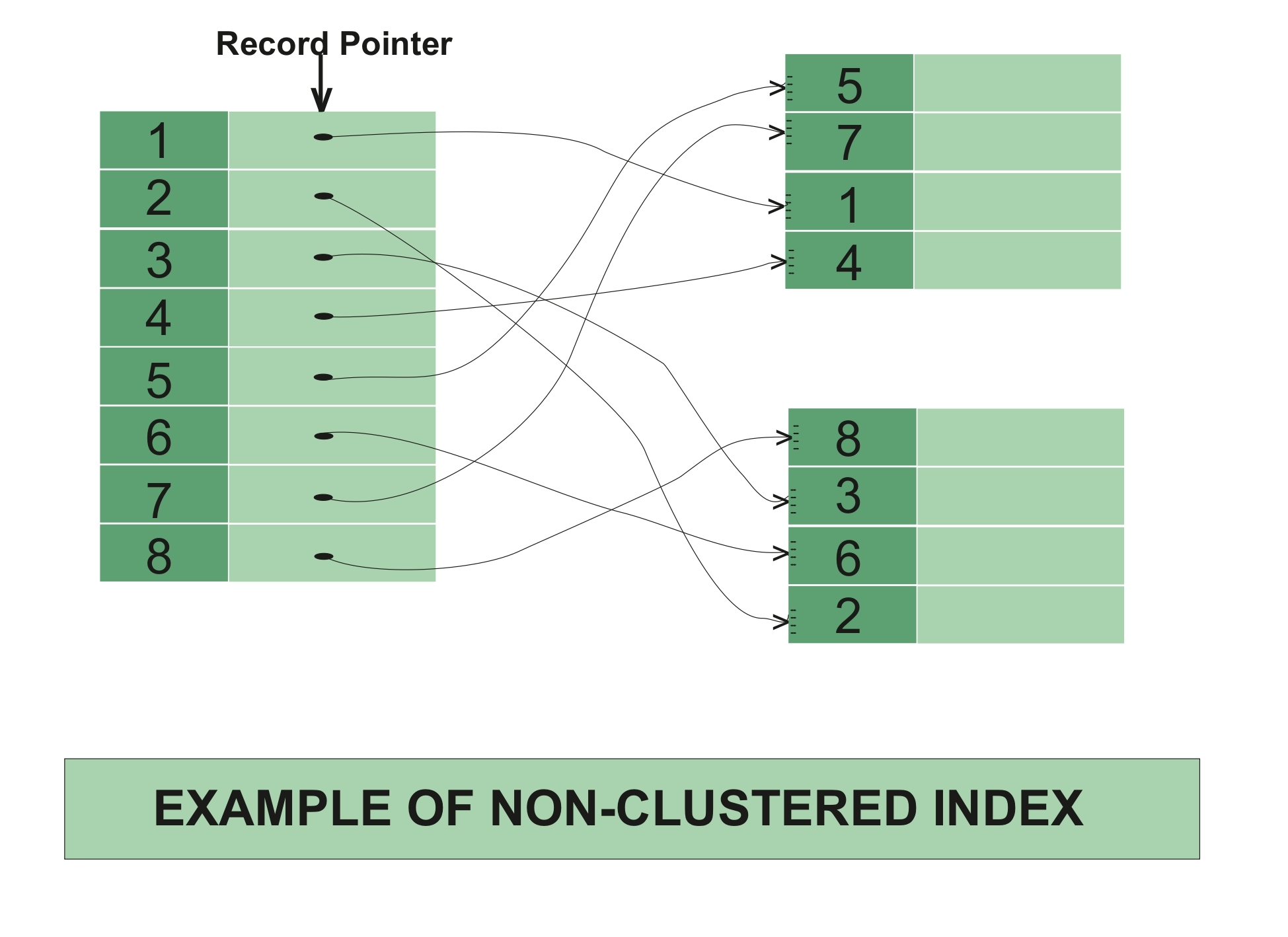
Database indexes eliminate the need to go through the entire table to conduct a task in particular. Moreover, you don’t require a SQL optimizer for SQL Server. That’s because the index indicates the record you’re searching for, so there’s no need to scan each record in the table.
This blog covers a brief explanation of the two main types of indexes in SQL Server - clustered and non-clustered indexes. We will also talk about the different situations in which you can make use of either type.

More on Clustered and Non-clustered Indexes in SQL Server
Let us start with clustered indexes and how they reduce the need for SQL Server tuning tools. These have the task of determining the physical order of saving table records within the database.
Each table can have only a single clustered index because there exists only one method of physically storing records in a table. A primary key column is the default location of a clustered index.
Non-clustered indexes are different from clustered indexes since they don’t define the data storage order physically. Think of a non-clustered index like you would a book index. Just as the index of a book is situated in a different location from the main contents of the book, non-clustered indexes are also saved away from the data table in a different location. Therefore, a table can have several non-clustered indexes.
Places Where Clustered and Non-clustered Indexes Find Use
Take a look at the various scenarios that involve different criteria according to which you can use each of these indexes during SQL tuning in SQL Server -
● When you need more than one index - We already know that each table can have only one clustered index. For multiple indexes, you will have to use non-clustered ones.
● When you use a SELECT query - The type of index you will involve here will depend on the purpose of the query. For instance, non-clustered indexes are a clear choice in case you simply have to pick a single value from an index column.
The SELECT query may slow down, however, if the user picks values from other columns using a different column index. In such cases, the query will work faster if a clustered index is already present, sorting out records but it fetches data from columns other than the one with the clustered index. Otherwise, you may have to employ SQL optimizer for SQL Server for database performance improvement.
● Carrying out DML queries - Tasks such as insertion and updating take place quickly in the case of non-clustered indexes. This is because only the non-clustered index requires making some changes. The database doesn’t require sorting out the actual information afterward.
● Storage requirements - non-clustered indexes take up more space on the disk as they need separate storage. Therefore, choosing a clustered index may be preferable in case of disk space-related restrictions.

To Conclude
As a rule of thumb, experts recommend that each table must contain a clustered index. Ideally, DBAs place the clustered index on the column that has unique values and whose data is fetched in the most select queries. For this reason, it is often on a primary key column and can help while using SQL Server tuning tools.
On the other hand, non-clustered indexes are better for columns that come under tasks such as INSERTs and UPDATEs. This is useful as long as disk space isn’t a concern.



























